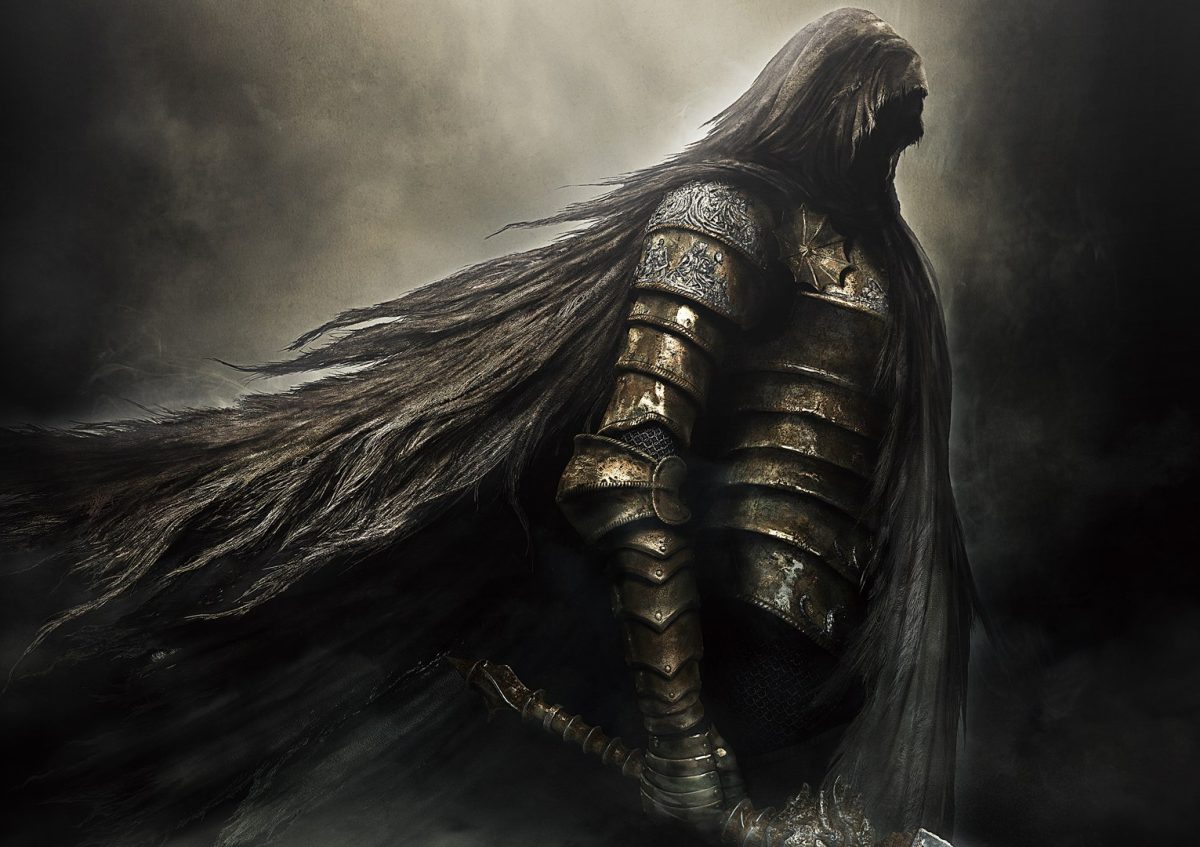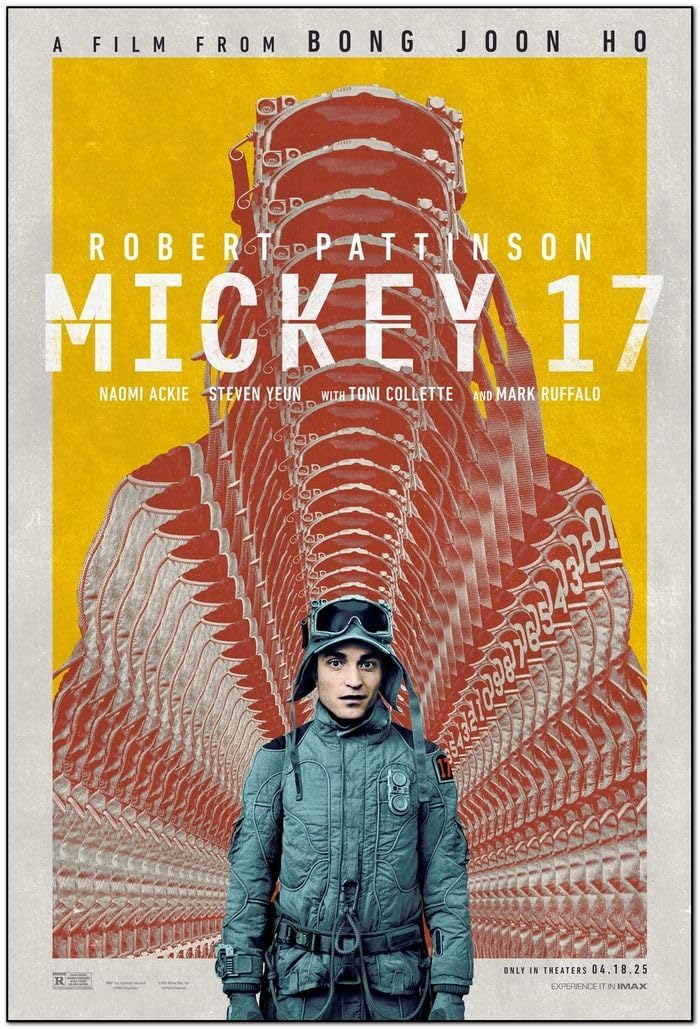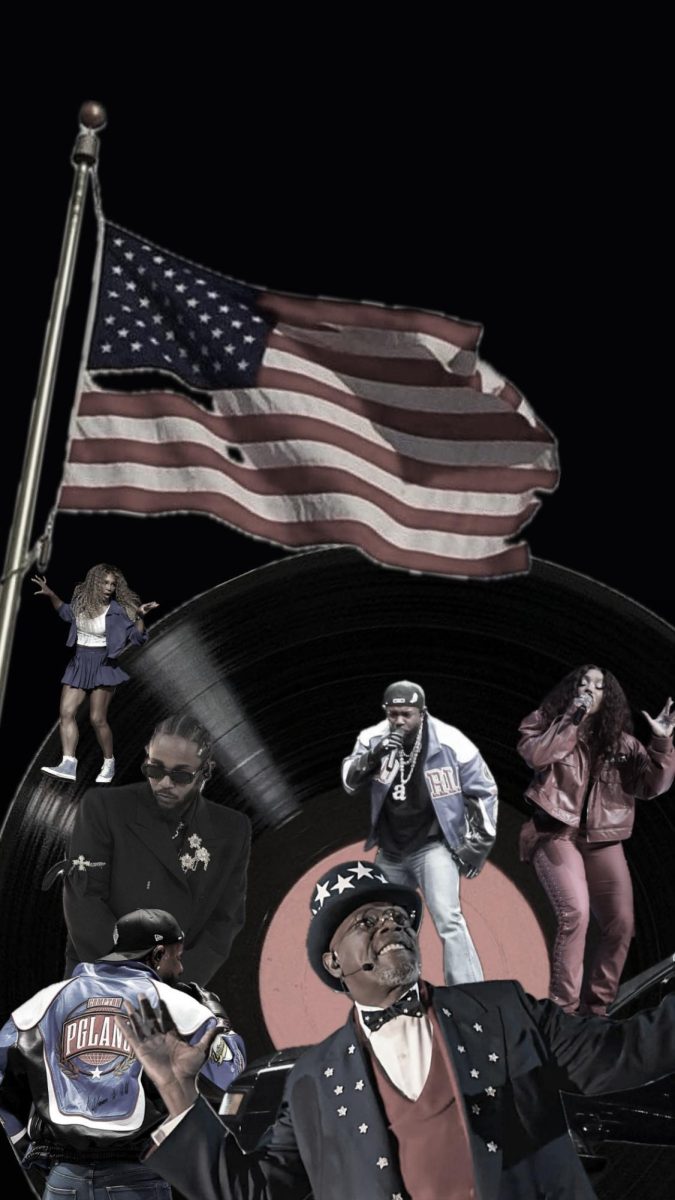Dark Souls II turned a decade old earlier this month, making now the perfect time to reflect on the game individually and through its impact on the Dark Souls series as a whole.
The series invented the Soulslike genre, where players navigate from boss enemy to boss enemy with an emphasis on high difficulty. While difficulty in video games may turn some away, the original Dark Souls was unique in the sense of accomplishment it gave players from tackling what once seemed impossible. Combined with sprawling environmental storytelling, the recipe of the original Dark Souls was destined for success. But something changed with the release of Dark Souls II.
To understand where Dark Souls II went wrong, it is important to consider the cultural status of the game. Dark Souls’ most hailed features were its daunting enemies, medieval setting and, above all else, brutal difficulty. These traits set the baseline for what qualifies as a Soulslike and have inspired countless other games, like Lords of the Fallen and Lies of P. The game’s developers clearly felt the pressure for a sequel that would live up to the appeal of the first game. And so Dark Souls II observed the defining points of the Dark Souls zeitgeist and blew them up to a proportion that is at many points comical.
Some examples are blatant, like in the Frigid Outskirts, a sprawling frozen tundra occasionally dotted with old ruined buildings. This is an optional area that leads the player to Lud and Zallen, two giant canines that are recycled from earlier in the same area. Aside from the questionable purpose of the area as a whole, given that it’s just a dead end marked with some of the laziest bosses in the series, the real example of FromSoftware’s failed attempt to artificially raise the difficulty is its blizzards that completely conceal the player’s view while they are pummeled by frozen reindeer.
Others are quite subtle yet arguably more egregious, like the animation that occurs when players pass through the walls of mist used to separate boss areas from the rest of the game. The process of crossing through takes a few seconds as the character completes its animation, but enemies can still do damage during this period. This has led to many infamous walls of mist where strong enemies located nearby make getting to a boss nearly impossible without taking the time to kill them before crossing. The latter option is usually inconvenient, as in a game famous for its difficult bosses, players will need to follow the same path many times as the die and try again. Dark Souls III acknowledges this flaw by making the player invincible during this animation.
Still, overlooking the poorly bloated “difficulty” and the clunky controls, Dark Souls II does some things well. Perhaps most notable are its vibrant and distinct areas that trump both those of its predecessor and successor. While Dark Souls has dated graphics that lead to rather bland environments that fall short of their potential, Dark Souls II brings a sense of wonder through its fantastic lighting and water, best exemplified in the starting area, Majula. Where Dark Souls III has a repetitive and generic world design, Dark Souls II has a variety of areas that are all set apart from each other, from the dense fog of the Shaded Woods to the molten depths of Iron Keep.
The game also has the most bosses of the series: 42, counting the game’s downloadable content. However, this could be seen as a negative as well as a positive. While the dense supply of bosses keeps the game’s momentum up and builds immersion and tension, there is a clear difference in quality of the bosses compared to the other games. Bosses like The Pursuer, The Looking Glass Knight, The Old Dragonslayer, Velstadt, the Dragonrider, the Twin Dragonriders, and even the beloved Fume Knight, all amount to little more than guys in suits of armor. Where Dark Souls had an ominous butterfly, a massive wolf and a giant made of skeletons, Dark Souls II tends to stick in the realm of knights and dragons, a choice that does get repetitive.
However, a few bosses stand out as unique. The Demon of Song, for one, is a large frog with a skull in its mouth, giving it a haunting appearance and unique set of attacks. The Flexile Sentry is two creatures fused at the rear, one wielding clubs and the other scimitars, that will occasionally flip over each other to change up the pace and movement of the battle.
Ultimately, Dark Souls II was a hopeful attempt at expanding on a classic game marred by lazy design and cheap difficulty. However, a few stand out bosses and beautiful environments make this game essential for any fan of the Dark Souls series—but maybe just skip the optional bosses.








